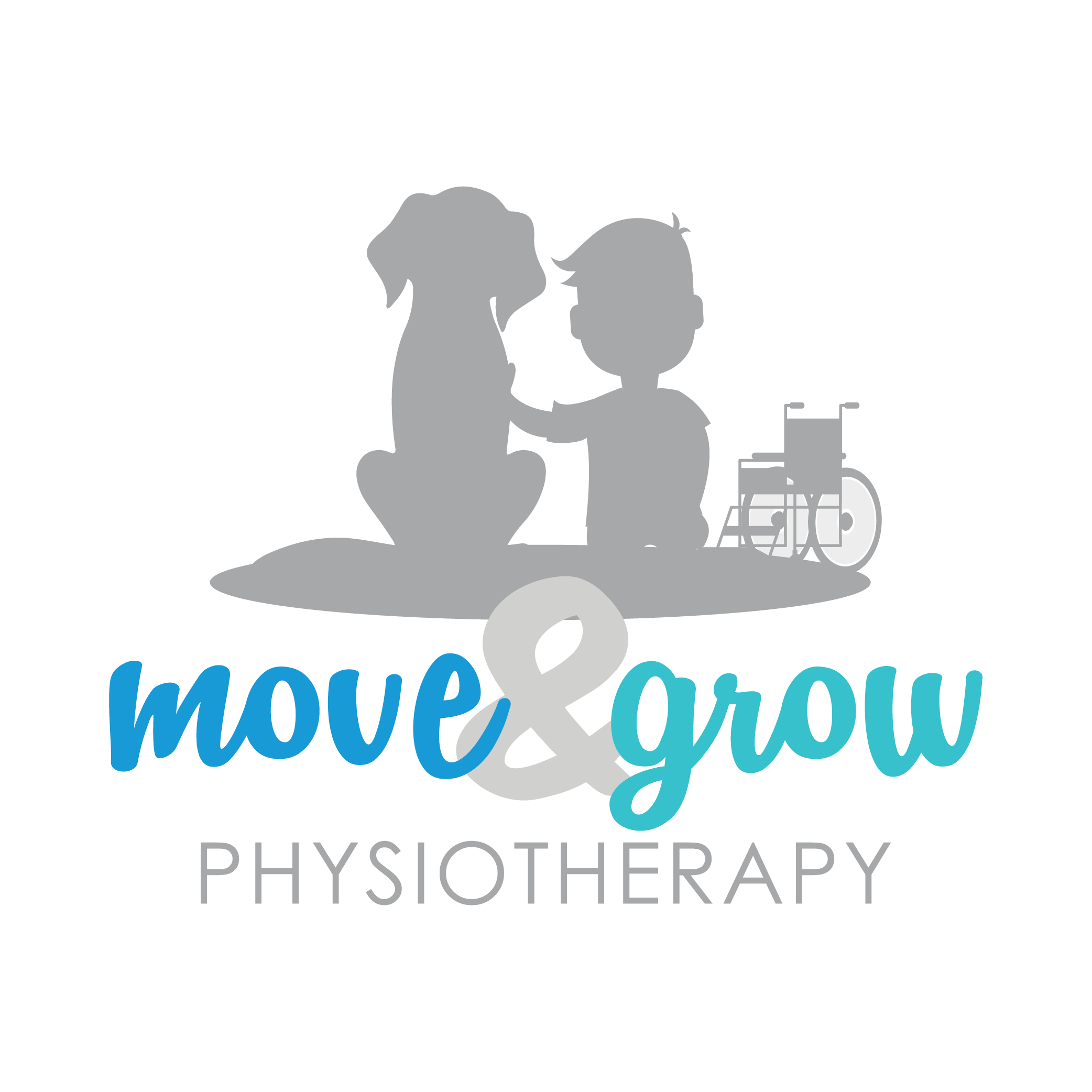What is proprioception anyway?
Proprioception and kids
Proprioception is our sixth sense, even though most of us have never heard of that one. Proprioception is our sense of where our body is in space. It is the sense that allows us to know how far forward to reach to grab objects off the table, and how high to lift our leg to step over obstacles without having to watch while we do the whole movement.
Unlike our other senses proprioception is not a sense we are born with, as infants and children we develop our proprioception as we grow, move and play. Like any other sense some people have great proprioception, and others not so great (I, for example am constantly running my hips into the corners of desks!). Luckily for kids this is a sense we can help them train and develop as they grow.
Proprioception activities are also often referred to as “heavy work” because they usually involve heavy resistance or deep input to joints and muscles. Heavy work is a bit magically as it can both increase and decrease arousal. That is, in kids who are “running low” – struggling to sit up and pay attention, tired, bored or zoning out; it can help to increase arousal and energy and help them concentrate and join in. Heavy work activities done with kids who are over excited, “running high”, unable to sit still or take a breath can actually lower arousal, help them to calm down, sit still and focus.
Activities for all ages to increase proprioceptive input
– Drying kids very vigorously and firmly after a bath while labelling body parts. “I’m rubbing your leg, I’m rubbing your arm” etc. Encouraging kids to also look at the limb helps integrate the visual sense of seeing their limb, with the tactile sense of having it touched, with the proprioceptive sense of it being moved and squeezed (deep pressure) as well as the name of the limb! Phew, who knew towel drying could be so educational!
– Squeezy hugs, bear hugs or sitting with weighted toys or blankets over their lap
– Rolling kids into a towel or mat like a “hotdog” or rolling a gym ball over them while they lie on the ground.
– Swimming
– Being bounced on a trampoline or gym ball
Activities for older kids (independent walkers)
– Jumping, crashing and rolling on/into bean bags, pillows, or beds
– Carrying heavy items such as the nappy bag, helping with the groceries, stacking cardboard boxes (with a pillow for weight) into a tower
– Playing “push me over” or tug of war
– Doing push ups sitting or lying down – encourage lowing gently and slowly
– Riding a tricycle or bicycle
– Any climbing activities
– Any drawing or painting or a vertical surface
– Playdoh
– Eating chewy foods or drinking through a straw
– Blowing (whistles, party blowers, bubbles in water through a straw)
Have fun with these super easy proprioception activities!

